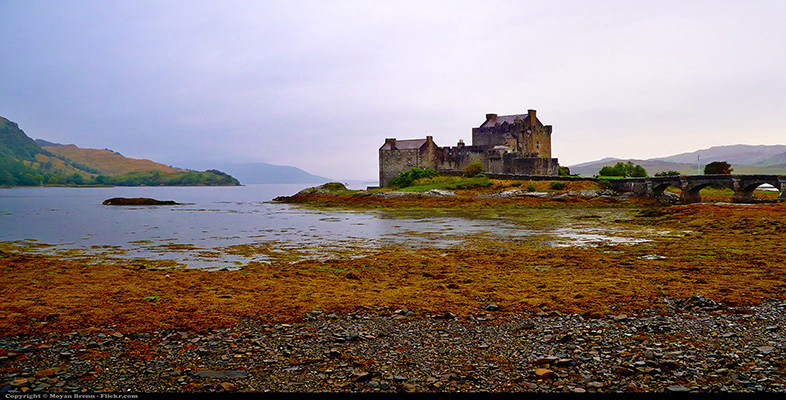3 Modernity to globalisation
This section addresses art and architecture from around 1850 up to the present.
During this period, art changed out of all recognition. At the beginning of our period, the various academies still held sway in Europe. Artists continued to learn their craft by drawing from plaster casts before progressing to the figure, and the trip to Rome remained a cultural rite of passage. It is true that the hierarchy of the genres was breaking down and the classical ideal was becoming less convincing. In 1859, the French poet Charles Baudelaire (1821–67) poured scorn on the new medium of photography. According to him, photographs that imitated paintings of ancient history were ludicrous:
By bringing together a group of male and female clowns, got up like butchers and laundry-maids in a carnival, and by begging these heroes to be so kind as to hold their chance grimaces for the time necessary for the performance, the operator flattered himself that he was reproducing tragic or elegant scenes from ancient history.
Baudelaire was suggesting that photographs that mirrored history painting – ‘male and female clowns, got up like butchers and laundry-maids in a carnival’ – were utterly unpersuasive, because tawdry details from everyday life undermined references to ancient history. Many of his contemporaries went a step further, believing that paintings and sculptures of contemporary women posed as classical nymphs were equally preposterous. Increasingly, academic art failed to generate conviction, and ordinary landscapes and scenes from everyday life began to replace ‘resurrected Romans’. Nevertheless, what counted as art in much of the nineteenth century remained pretty stable. Whether in sculpture, painting, drawing or printmaking, artworks represented recognisable subjects in a credible human-centred space. To be sure, subjects became less high-flown, compositional effects often deliberately jarring and surface handling more explicit. There were plenty of academicians and commentators who believed these changes amounted to the end of civilisation, but from today’s perspective they seem like small shifts of emphasis.
In contrast, art in the first part of the twentieth century underwent a rapid gear change. Art historians agree that during this time artists began to radically revise picture making and sculpture. Painters flattened out pictorial space, broke with conventional viewpoints and discarded local colour. (‘Local colour’ is the term used for the colour things appear in the world. From the early twentieth century, painters began to experiment with non-local colour.) Sculptors began to leave the surface of their works in a rough, seemingly unfinished state; they increasingly created partial figures and abandoned plinths or, alternatively, inflated the scale of their bases. Architects abandoned revivalist styles and rich ornamentation. To take one often cited example from painting, while the art of Paul Cézanne (1839–1906) is based on a recognisable motif, say a landscape, when looking at these paintings we get the distinct impression that the overall organisation of the colours and structural elements matters as much or more than the scene depicted. To retain fidelity to his sense impressions, Cézanne is compelled to find a new order and coherence internal to the canvas. Frequently this turns into incoherence as he tries to manage the tension between putting marks on a flat surface and his external observation of space.
In fifteen years some artists would take this problem – the recognition that making art involved attention to its own formal conditions that are not reducible to representing external things – through Cubism to a fully abstract art. Conventionally, this story is told as a heroic progression of ‘movements’ and ‘styles’, each giving way to the next in the sequence: Post-Impressionism, Fauvism, Cubism, Futurism, Dada, Constructivism, Surrealism …. Each changing of the guard is perceived as an advance and almost a necessary next step on the road to some preset goal. This rapid turnover of small groups and personal idioms can seem bewildering and, in fact, this is a minimal version of this story. Whether they sought new expressive resources, novel ways of conveying experience or innovative techniques for representing the modern world, modern artists turned their backs on the tried and tested forms of mimetic resemblance. But what counted as art changed too. Bits of the everyday world began to be incorporated into artworks – as collage or montage in two-dimensional art forms; in construction and assemblage in three-dimensional ones. The inclusion of found materials played a fundamental role in modern art. The use of modern materials and technologies – steel, concrete, photography – did something similar. Some artists abandoned easel painting or sculpture to make direct interventions in the world through the production of usable things, whether chairs or illustrated news magazines. Not all artists elected to work with these new techniques and materials, and many carried on in the traditional ways or attempted to adapt them to new circumstances.
